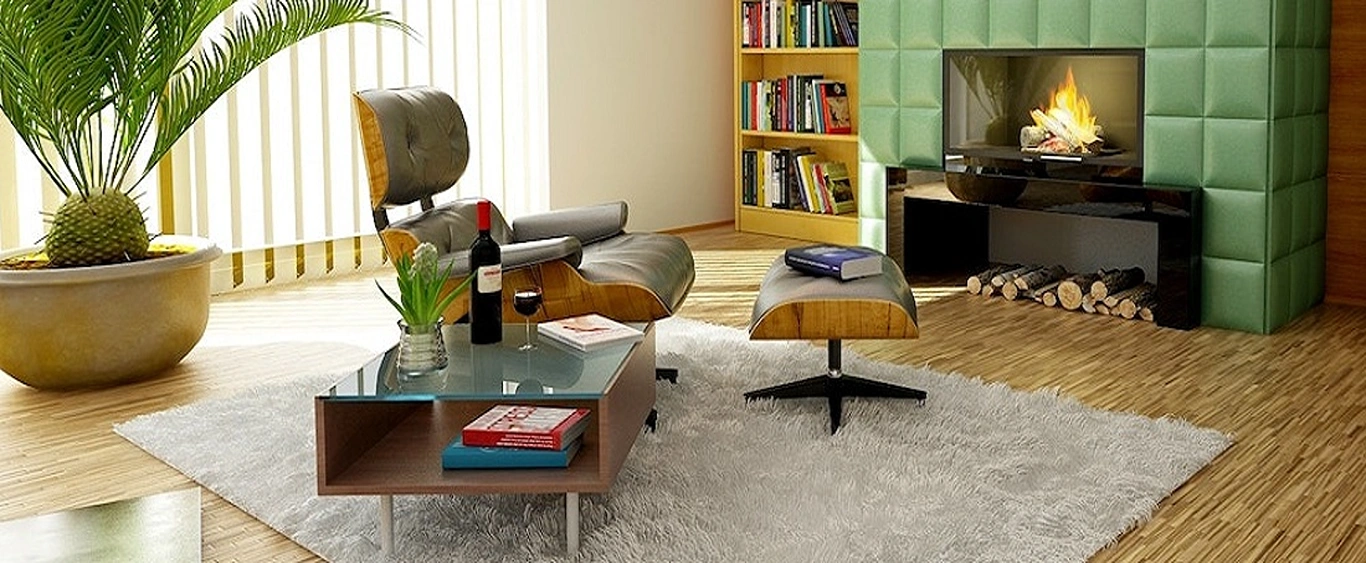The global impact of the construction industry means that the top priority is to create buildings both sustainably and efficiently. Increasingly, developers are utilising eco-friendly materials and integrating natural sources of energy into the architectural design such as rainwater harvesting, waste management, and solar power.
Energy modelling tools can optimise a building’s architecture and layout, so efficiency is integrated into the design. This improves the operational efficiency of the buildings and promotes the conservation of natural resources. Drone footage of construction sites, combined with advanced analysis and design methodologies, will allow the efficient construction of buildings with minimal environmental impact.
As consumers shift their focus towards health and wellness, this trend will only continue.
Awareness is fundamental to changing behaviour over the long term. Residents should be aware of how sustainable construction optimises the use of local materials, minimises the impact on local ecology, and, most importantly, reduces power, water, and material requirements.
In recent years, sustainable construction has created new benchmarks for housings projects and has proved that luxury and sustainability can go hand in hand with the optimization of natural resources.
Cost-efficient building materials including steel and concrete are integral to construction practices. With India being the world’s second-biggest producing and consuming market for cement, we must look at cost-efficient sources of building materials. The cost is dependent on the growing real estate demand and logistical factors which affect supply. Cement and steel prices were steady during the previous year due to the lagging real estate market.
As demand for new projects has increased in recent months, the demand for cement and steel production has likewise ramped up which has created logistical challenges.
Homebuyers will prefer projects that seamlessly blend with their surroundings and offer a wide choice of recreational activities without disrupting the natural environment. Social spaces that encourage community living will be a key factor for potential home buyers.
The increasing trend of working from home has consumers seeking out residential areas with well-maintained integrated social infrastructure including clubhouses, parks, gardens, and sports facilities. There is also a growing demand for projects with on-site supermarkets and health centers for added convenience and comfort.
Recommended blogs







